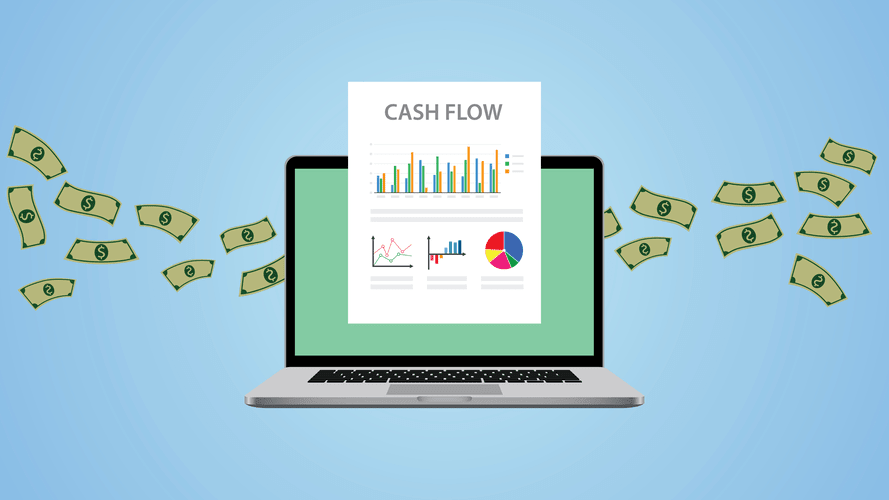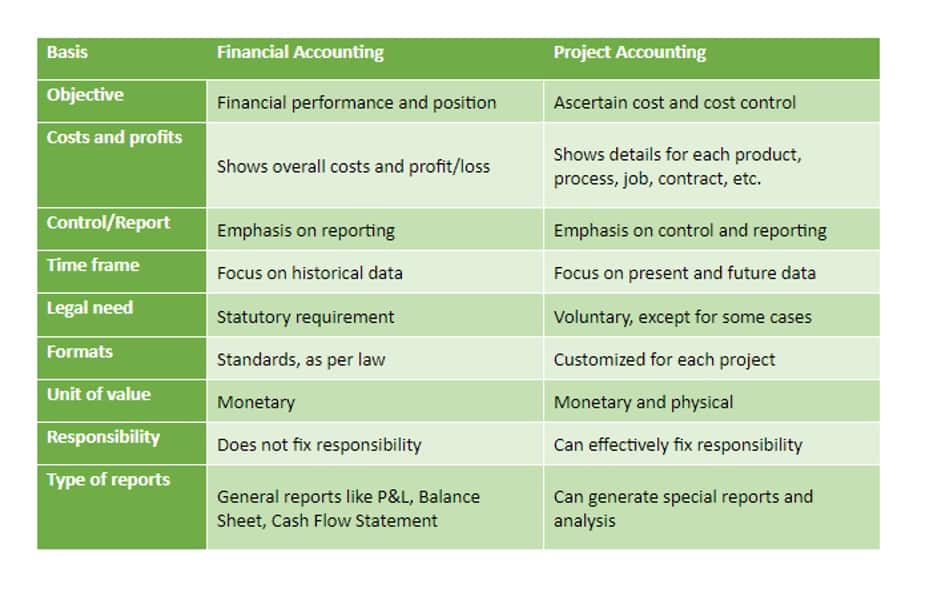
Banks, for example, want to know before extending credit whether a company is collecting—or getting paid for—its accounts receivable in a timely manner. Both the current and quick ratios help with the analysis of a company’s financial solvency and management of its current liabilities. The current ratio is a measure of liquidity that compares all of a company’s current assets to its current liabilities. If the ratio of current assets over current liabilities is greater than 1.0, it indicates that the company has enough available to cover its short-term debts and obligations. When it comes to managing business finances, long-term liabilities play a key role in a company’s overall financial picture. These are debts or obligations that businesses are expected to pay over a period longer than one year.
AccountingTools

She supports small businesses in growing to their first six figures and beyond. Alongside her accounting practice, Sandra is a Money and Life Coach for women in business. Long-term liability can help finance a company’s long-term investment. Long-term liabilities are also known as noncurrent liabilities and long-term debt. Here is a list of some of the most common examples of contingent liabilities. Usually, you would receive some type of invoice from a vendor or organization to pay off any debts.

Notes To the Financial Statements
However, if one of those company’s debt is mostly short-term debt, it might run into cash flow issues if not enough revenue is generated to meet its obligations. The rate of interest in loans can vary from fixed or variable which the company that has borrowed needs to pay over the complete term of the loan. The loan principal is a loan amount that is repaid either at the end or over the total period of the loan. Liability is referred to as a present obligation of a business that will be payable in future. These are debts or legal obligations that a company owes to a person or company. By reviewing a long-term liabilities list, you can better understand a company’s overall financial health and its ability to manage future obligations.
Why Do Businesses Use Long-term Debt?
As you can see, the report form presents the assets at the top of the balance sheet. Beneath the assets are the liabilities followed by stockholders’ equity. A liability is generally an obligation between one party and another that’s not yet completed list of long term liabilities or paid.

Some assets are not included
- Typically, vendors provide terms of 15, 30, or 45 days for a customer to pay.
- It is the present value of the amount the company shall pay the employees in future as compensation for their employment to date.
- Some jurisdictions prohibit payments if they would render a company insolvent.
- Examples of current liabilities are trade creditors, bills payable, outstanding expenses, bank overdraft etc.
- This is important for accurate financial reporting and compliance with…
When revenues and gains bookkeeping are earned by a corporation, they have the effect of immediately increasing the corporation’s retained earnings. This is true even though they are not directly recorded in the Retained Earnings account at the time they are earned. Goodwill is an intangible asset that is recorded when a company buys another business for an amount that is greater than the fair value of the identifiable assets.

Services
Here is a https://www.bookstime.com/articles/income-summary-account list of some of the most common examples of non-current liabilities. These can play a critical role in the long-term financing of your business and your long-term solvency. If you’re unable to repay any of your non-current liabilities when they’re due, your business could end up in a solvency crisis.
- Liabilities are a present obligation of the entity arising from past events, the settlement of which is expected to result in an outflow from the entity of resources embodying economic benefits.
- Liability accounts are found on the balance sheet of a company and are an essential component of the accounting equation.
- These accounts represent the company’s obligations to pay debts or fulfill other commitments to external parties.
- If you’ve promised to pay someone a sum of money in the future and haven’t paid them yet, that’s a liability.
- Regularly review your debt levels and repayment plans and make adjustments as needed.
- Thus, the above are some important differences between the two topics.
Example #1 – Long-Term Debt
Such persons may be trade creditors, the general name for those suppliers who have provided goods or services in return for a promise of payment later. Compliance with legal and regulatory requirements is critical when declaring dividends. Some jurisdictions prohibit payments if they would render a company insolvent. Businesses must also communicate payment schedules and tax implications to shareholders.